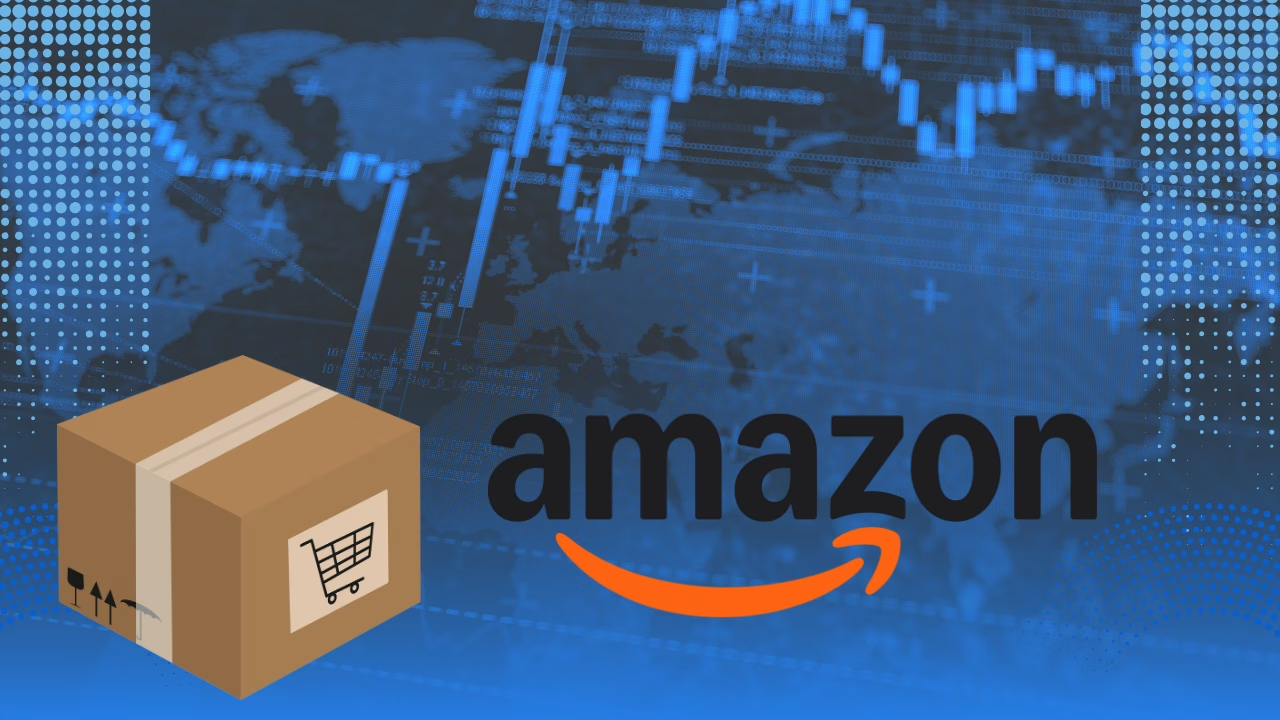Amazon.com (NASDAQ: AMZN) delivered a robust performance in the first quarter of 2025, exceeding expectations on both earnings and revenue. The e-commerce and cloud computing giant reported strong growth across its key segments, demonstrating the resilience of its diversified business model.
In this article, I will go into the financials of AMZN, look at their business and try to analyze the company’s guidance to try and understand if it should continue to be a core investment in the public portfolio. To that effect let’s go over the financials first to glean any insights from the latest reported numbers.
Key Financial Highlights
Here are the results for the first quarter ended March 31, 2025
- Net Sales: Increased by 9% year-over-year to $155.7 billion, surpassing the company’s guidance of $151 billion to $155.5 billion and analysts’ consensus estimates. Excluding a $1.4 billion unfavorable impact from foreign exchange rates, net sales grew by 10%.
- Operating Income: Rose to $18.4 billion, compared to $15.3 billion in the prior-year period.
- Net Income: Soared to $17.1 billion, or $1.59 per diluted share, a significant increase from $10.4 billion, or $0.98 per diluted share, in the first quarter of 2024.
- Operating Cash Flow: Increased by 15% to $113.9 billion for the trailing twelve months.
- Free Cash Flow: Decreased to $25.9 billion for the trailing twelve months, compared to $50.1 billion in the twelve months ending March 31, 2024.
So let’s take a look at these numbers. As usual, AMZN continues to post preposterously high revenues each quarter with a strong increase in top-line sales of 9% showing that business sales are definitely still trending in the right direction. Operating income increased 20.3% compared to the three months from last year; AMZN continues to streamline operations and it is visible in the numbers. On the bottom line, net income increased almost $7 billion from this period last year.
The increase in operating income helped increase operating cash flow 15%; however, trailing twelve month free cash flow actually decreased to $25.9 billion compared to $50.1 billion for the trailing twelve months of the previous time period. AMZN is known to reinvest most of it’s capital back into the business and this was no exception as this decrease was due to increased capital expenditures.
Segment Operations
With a company as big as AMZN it helps to look at segment growth as well
- North America: Net sales grew by 8% year-over-year to $92.9 billion, with an operating income of $5.8 billion, up from $5.0 billion in Q1 2024.
- International: Net sales increased by 5% year-over-year to $33.5 billion (or 8% excluding foreign exchange impacts), with an operating income of $1.0 billion, slightly higher than $0.9 billion in the same period last year.
- Amazon Web Services (AWS): Continued its strong growth trajectory with net sales increasing by 17% year-over-year to $29.3 billion. Operating income for AWS reached $11.5 billion, a significant jump from $9.4 billion in the first quarter of 2024.
North America continues to be major source of net sales revenue overall, but the international segment continues growing as well, albeit, at a slower pace.
The growth in AWS highlights the continued demand for cloud services and Amazon’s strong position in the market, even amidst increasing competition. Notably, AI workloads on AWS are reportedly growing at over 100% year-over-year, which is an extraordinary rate to say the least. I would like to keep an eye on these numbers going forward though as Alphabet and Microsoft can provide steep competition to AWS.
Key Growth Drivers and Highlights
- Prime Membership: Continued to be a strong driver, fueled by ultra-fast delivery services, expanding original content on Prime Video and increasing international content as well. Subscription services sales saw a 10% year-over-year growth.
- Retail Innovation: They added new brands and introduced a luxury shopping experience with Saks. Moreover, they held multiple deal events globally, resulting in significant customer savings. In addition, they reaffirmed their commitment to rural delivery with a $4 billion investment through 2026 and reported new delivery speed records.
- Advertising Services: Remained a high-growth area, with sales increasing by 18% year-over-year to $13.9 billion, demonstrating their ability to effectively monetize their vast customer data and shopping intent.
- Physical Stores: Sales grew by 8% year-over-year to $5.53 billion.
- Technology Advancements: Probably the coolest thing for me, but they announced “Ocelot,” their first quantum computing chip prototype, aimed at significantly reducing resources needed for quantum error correction.
Company Guidance for 2Q’25
While the first-quarter results were strong, Amazon’s guidance for the second quarter of 2025 presented a more mixed outlook
- Net Sales: Expected to be between $159.0 billion and $164.0 billion, representing a growth of 7% to 11% compared to the second quarter of 2024. This guidance anticipates an unfavorable impact of approximately 10 basis points from foreign exchange rates. This revenue guidance was generally in line with analyst expectations.
- Operating Income: Projected to be between $13.0 billion and $17.5 billion, compared with $14.7 billion in the second quarter of 2024. This operating income guidance fell slightly below some analysts’ expectations, which likely contributed to the post-earnings stock dip. This was due to potential macroeconomic uncertainty and tariff implications influencing this outlook.
Conclusion
I believe that investors with a long-term mindset will do well with Amazon. Amazon has many of the same great growth opportunities of other mega-cap tech companies, but unlike those big mega-cap tech names, Amazon is relatively free of legal battles to their core business (check out all the legal battles that Alphabet is currently fighting).
The potential drawback is that due to Amazon’s large eCommerce presence, they are more prone to tariffs and possible macroeconomic uncertainty. Lastly, as stated above, Amazon continues to plow all of it’s free cash back into the business to reinvest at a high growth rate. This has worked out for long-term investors, but those same investors won’t be able to count on dividends or stock buybacks anytime in the near future in my belief.
Disclosure: I will continue to hold my position in AMZN and hopefully will add to those positions on any pullbacks in the stock.




